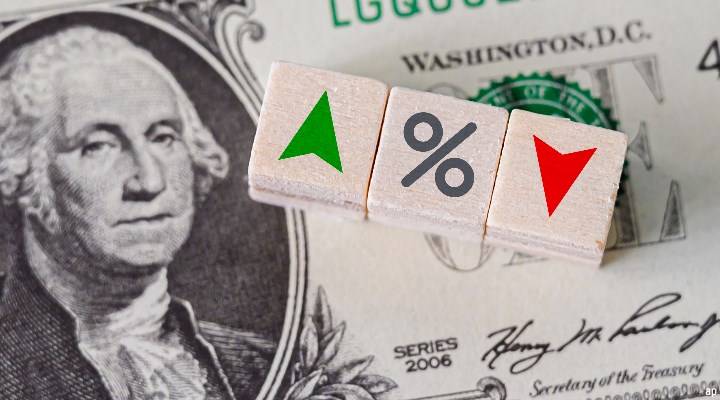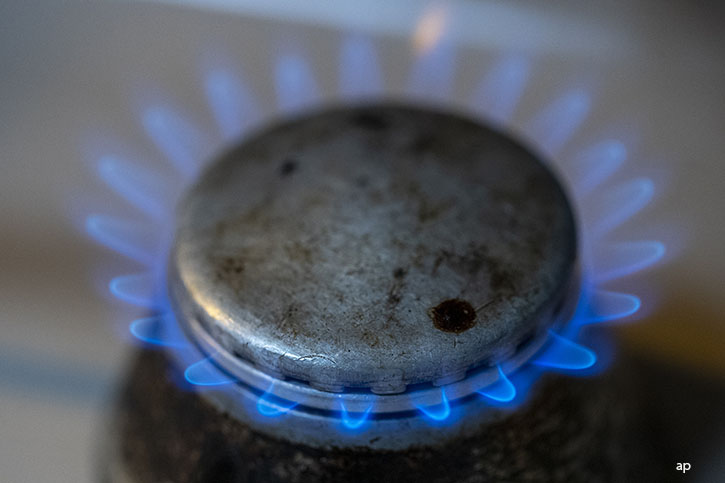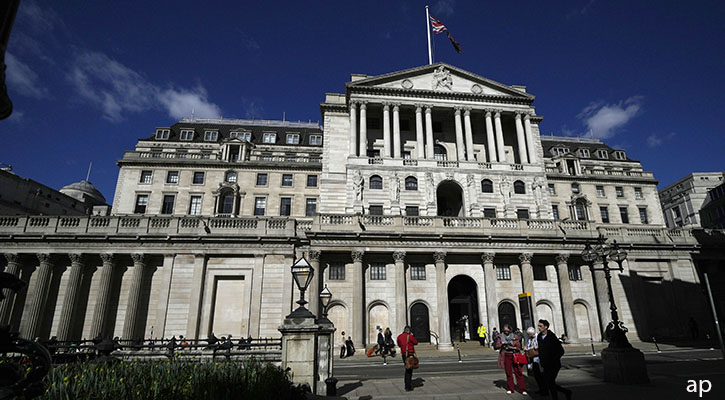
The Federal Reserve plays an important role in every investor’s finances. But many investors don’t know exactly how or why the Fed matters.
 The Fed’s decisions affect the economy, interest rates, inflation, and other key variables that are major factors in any investment decision.
The Fed’s decisions affect the economy, interest rates, inflation, and other key variables that are major factors in any investment decision.
Experts and pundits regularly speculate on how matters of inflation, economic outlooks, and general monetary policy decisions will affect investors.
But they’re often far too jargon-y or technical and frequently don't approach the subject from the perspective of an investor wanting to learn enough to make practical decisions. So if you fall into the camp of wondering how the Federal Reserve is structured and why it matters, this primer is for you.
To help paint a clearer picture of how the Federal Reserve works--and affects investors’ everyday lives--we’ve gathered some frequently asked questions about the Fed and its role in monetary policy with answers pulled directly from Morningstar research.
Why Does the Fed Matter?
The Federal Reserve is a powerful entity.
It has the power to influence interest rates, inflation, inflation expectations, economic growth, and more. These actions can influence the relative attractiveness of certain investments, the economic outlook, and discount rates.
Further, the Fed operates within an established framework and communicates its actions and intentions, which lends its current and future actions to analysis. While no one can predict with absolute certainty the future path of the Fed or the economy, there are still analytical frameworks and assumptions that can be more correct, developed, and internally coherent than others.
What Does the Fed Do?
The primary goal of the Federal Reserve is to help the economy stay at full capacity (maximum employment and its potential for growth) and maintain stable prices (low but stable inflation). It does so by setting monetary policy. Here is what that means in one simple paragraph.
US monetary policy is the actions of the Federal Reserve, implemented through specific tools, aimed at promoting a healthy economy. A healthy economy is specifically defined as maximum employment and stable prices. The Fed generally tries to fight deflation, high inflation, and excess unemployment. The most talked-about tool at the Fed's disposal is the setting of interest rates, and specifically the federal-funds rate.
The key questions with regard to the Fed are: what is it trying to accomplish within its mandate (fighting inflation, deflation, unemployment, and so on)? What course of action will it take to accomplish this (changing the federal-funds rate)? What are the implications of this action on the broader economy and specific investments?
What Does the Fed Control?
The Fed has control over shorter-term interest rates and can influence longer-duration interest rates. Because it can always step in as the buyer of last resort in key money markets, the Fed can ensure that whatever short-duration rate regime it wants can be enacted. Ensuring the smooth functioning of markets means that the Fed can ensure smooth functioning in the context of the rate regime it desires.
How Does the Fed Influence Monetary Policy?
The Fed has several tools it uses to enact monetary policy:
- The Federal-Funds Rate – the primary tool that is most often talked about, the federal-funds rate, is the primary determinant of short-term, risk-free interest rates across the economy;
- Asset Purchases – when lowering short-term rates isn't enough, the Fed uses asset purchases to try to lower long-term rates. By purchasing large quantities of mortgage-backed securities or longer-duration Treasuries, the Fed can provide extra demand for these securities and thereby lower the overall yield on them;
- Forward Guidance – helping guide and influence the public's expectations through public releases, speeches, additional data, and more;
- Reserve requirements – with ample excess reserves, the Fed has set reserve requirements to zero and no longer considers this a significant tool. This has not been used often as a primary tool in the past.
How is the Fed Structured?
The Federal Reserve was established by Congress and has three main divisions: the Federal Reserve banks, the board of governors, and the Federal Open Market Committee.
The Federal Open Market Committee (FOMC) is the key entity that most investors care about when thinking about monetary policy. This is because it is the committee that directly votes on key monetary policy decisions, most notably at what level to set the fed-funds rate, as well as asset purchases.
The FOMC is made up of 12 voting members who hold regular meetings roughly every month and a half, and it releases statements, economic projections, and minutes.
Only seven of the members (the board of governors) are appointed by politicians. Federal Reserve Bank presidents are appointed by local bank boards. Therefore, while the Fed is arguably influenced by the political sphere to some degree, it has a lot of independence too.
Is There a “Right” Inflation Rate?
The Fed targets average inflation of 2% over time and wants long-run inflation expectations to remain anchored at 2%.
The word average can be important, as it means the Fed may allow inflation to run higher than 2% for a time before announcing rate hikes to balance out recent years when inflation was below 2%.
What is the “Right” Employment Rate?
There is no one measure for "maximum employment." While maximum employment is open to interpretation, it essentially means maximum potential gross domestic product. The Fed currently thinks the longer-run level of unemployment at full capacity is roughly 4%.
What Does the Fed do During a “Supply Shock”?
A supply shock can be something like higher oil prices leading to a lower supply of oil or a pandemic causing a microchip shortage.
If a supply shock is occurring, policymakers must often choose between pursuing stable prices or closing the output gap. Higher rates can rein in inflation but make the output gap worse, while lower rates can improve the output gap but worsen inflation. If the economy is thought to be operating below its potential output, the Fed is likely to favour more accommodation, and vice versa.
Investors must also pay attention to the outlook for changes in the output gap, as the Fed watches current conditions and projected conditions.
How Does the Fed Influence the Federal-Funds Rate?
Technically, the Fed doesn't change the federal-funds rate directly. Rather, it influences the federal-funds market to achieve its desire rate outcome. In what are termed open-market operations, the Fed either pumps cash into the system by buying Treasury securities or takes cash out of the system by selling them.
What is “Quantitative Easing”?
Quantitative easing, or QE, is the Fed's purchase of additional securities, longer in duration, above and beyond typical open-market operations. This increases the size of the Fed's balance sheet and encourages lower rates on the assets the Fed is purchasing. Lower rates are the point of QE.
Risks of QE include the manipulation of market rates leading to inefficient capital allocation in the economy and potentially excess risk-taking by market participants.
Does QE Affect Inflation?
QE does not mechanically lead to inflation. The Fed is mostly trading bank reserves for Treasuries and mortgage-backed securities.
While the Fed is pumping cash into the economy, the cash mostly sits on bank balance sheets as reserves, earning interest on the reserve balances rate from the Fed.
This cash can also find its way back to the Fed, such as via the Fed's overnight reverse "repo" facility. If there is no increase in lending or spending, the link with demand is weak.
Does the Fed Monetise the Debt?
Yes and no. Because rates on short-term Treasuries and IORB are essentially the same, the Fed's purchasing of shorter-term Treasuries does not truly monetise the debt, as it must still pay IORB to the banks. Where there is a spread between IORB and the Treasury rate, there is arguably some monetisation, however.





























